How much would you pay to play Dan Gurney?
No other race car is more synonymous with the legacy of motorsports magnate Dan Gurney than the deep blue, cigar-shaped Eagle Mk 1.
After a couple years of stateside success with his burgeoning All American Racers team, Gurney turned his focus to Formula 1 in 1966. Gurney enlisted English designer Len Terry, the same madman who penned the Indy-500-winning Lotus 38 to design a new F1 car. The result: AAR’s Gurney Eagle Mk 1.
Aboard a Mk 1, Gurney won the 1967 Belgian Grand Prix, besting the likes of Jim Clark, Jackie Stewart, and Chris Amon, and delivering a win to his Anglo-American Racers team—the name of Gurney’s UK-based Formula 1 which made its debut in 1966. The 1967 victory marks the first and only time an American driver won driving for an American team.
Gurney’s breakthrough was in chassis #104, one of four Mk 1 racers built by AAR. This year, at Amelia Island, Gooding & Company is offering chassis #101, the first one built of its kind.

This 1966 Eagle Mk 1 was entered in several European and American grands prix. While the first Eagle never found victory lane, it was driven by some of the most recognizable names in mid-century motorsports, including Bob Bondurant, Phil Hill, and, of course, Dan Gurney.
Unlike chassis #104, which was powered by a 3.0-liter V-12 Weslake engine in Belgium, chassis #101 was shoved through chicanes by a 2.7-liter Coventry Climax four-cylinder.
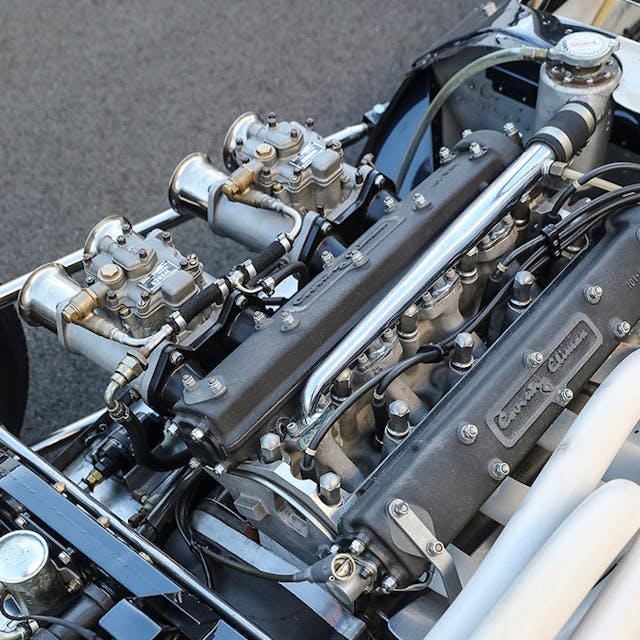
In 1967, chassis #101 was sold to Canadian driver Al Pease, who entered the car in 10 races, including the 1969 Canadian Grand Prix. By that time, the aging Eagle was an antique among modern winged warriors and Pease earned the solitary achievement of being black-flagged for excessively low speeds.
The car was then sold to F1 collector Tom Wheatcroft, who owned the Eagle for 38 years. In 2009, it was purchased by the current consignor. Under their care, the car received a “sympathetic restoration” by J & L Fabrication in Washington state. There, a reproduction 2.7-liter Climax was fitted in the car (though the original accompanies the car at auction).
In 2014, the Eagle found the race track once again, at the Monaco Grand Prix.
“American teams and drivers have had inconsistent success in Formula 1, but Dan Gurney’s Eagle is the best-known, the best-looking, and the most successful American F1 car with its win at the 1967 Belgian GP,” says senior auctions editor Andrew Newton. “Dan Gurney’s cars were far more successful on this side of the Atlantic, but this one is highly significant as the first Eagle, even though it is powered by the four-cylinder Climax engine. Gooding sold the first V12-powered Eagle back in 2013 for $3.74M so this car’s $3,000,000–$4,000,000 estimate 10 years later seems perfectly reasonable.”
Chassis #101 laid the foundation for Big Eagle’s European foray. It may not be the most successful Formula 1 Eagle, but it was the first.
Check out the Hagerty Media homepage so you don’t miss a single story, or better yet, bookmark it.
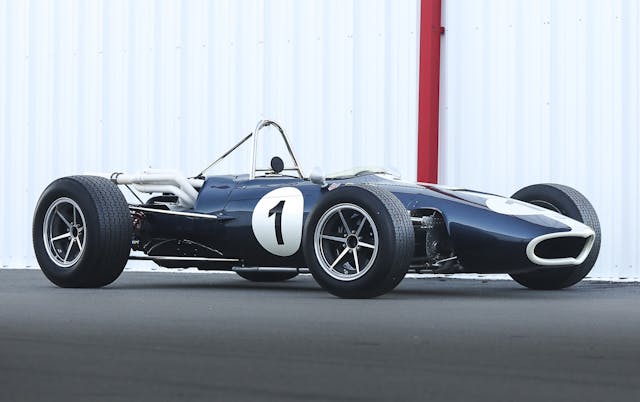
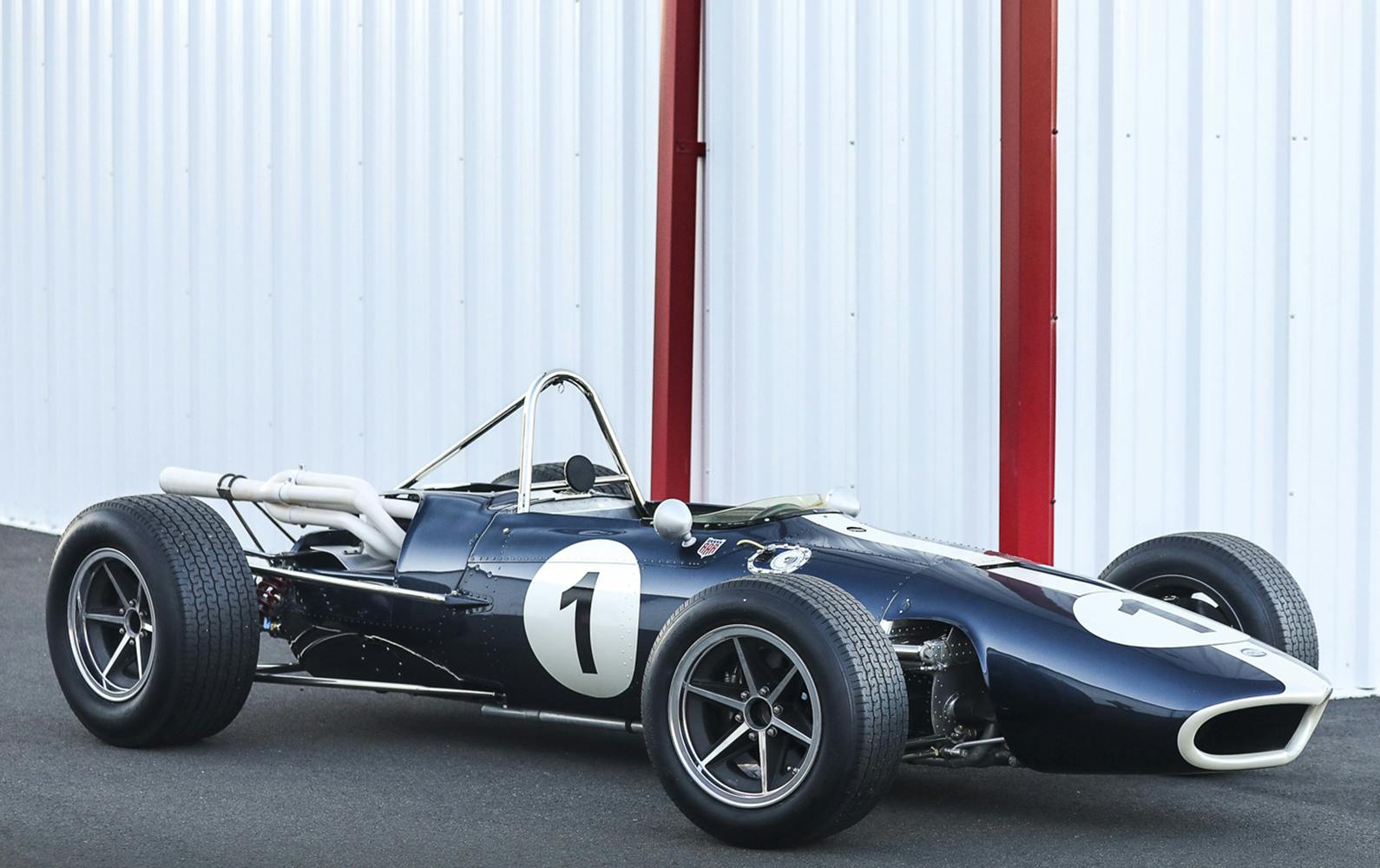

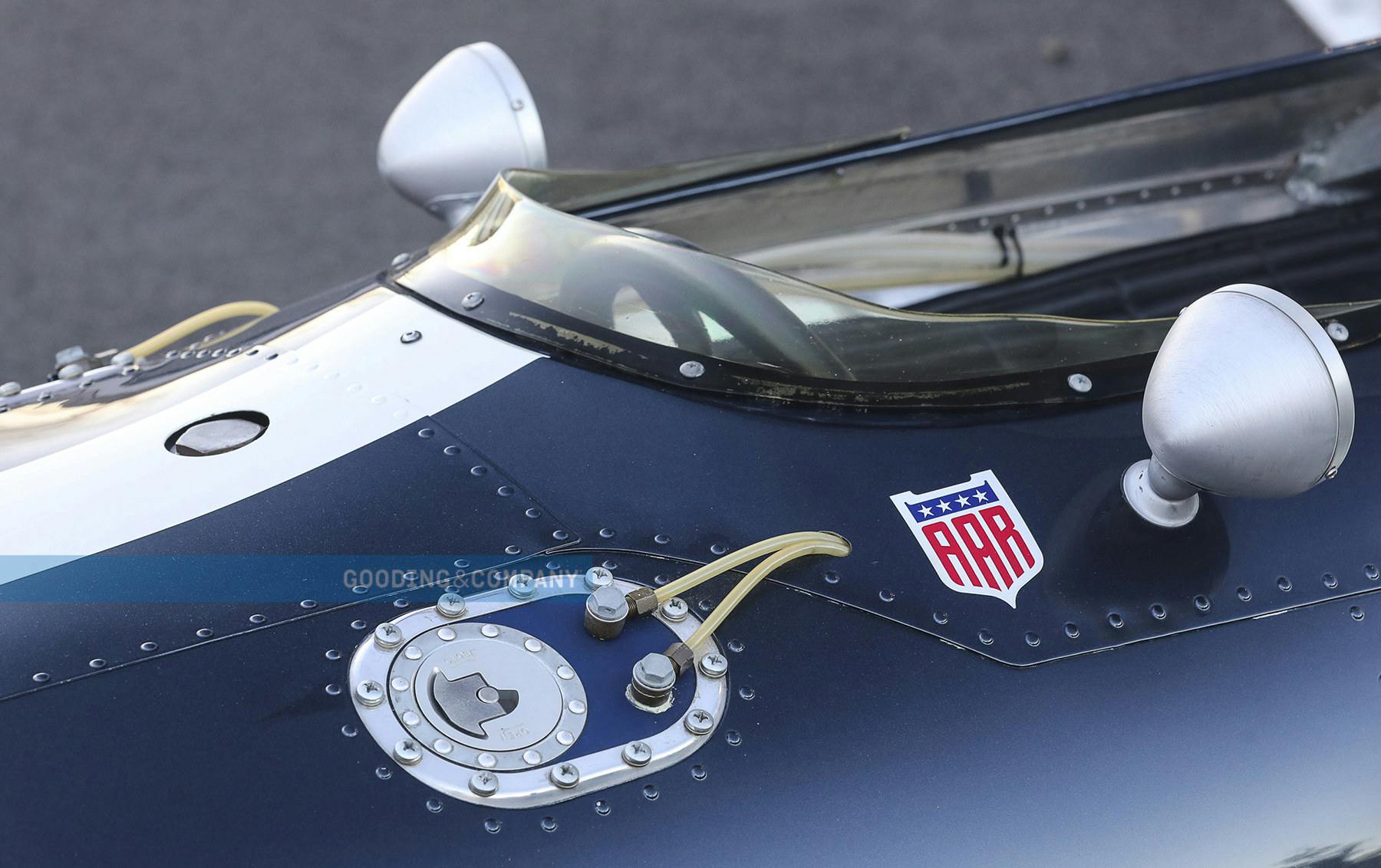

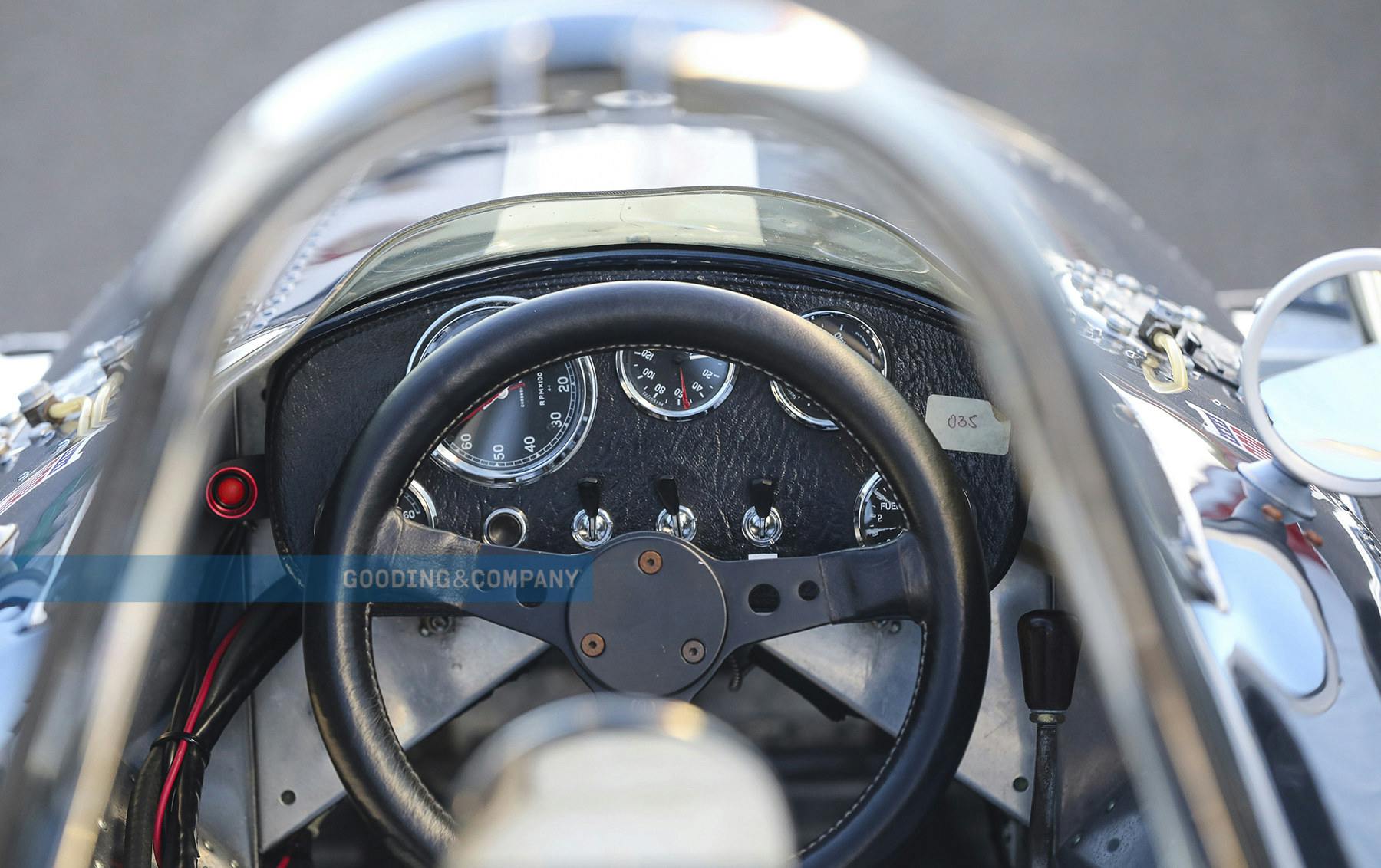
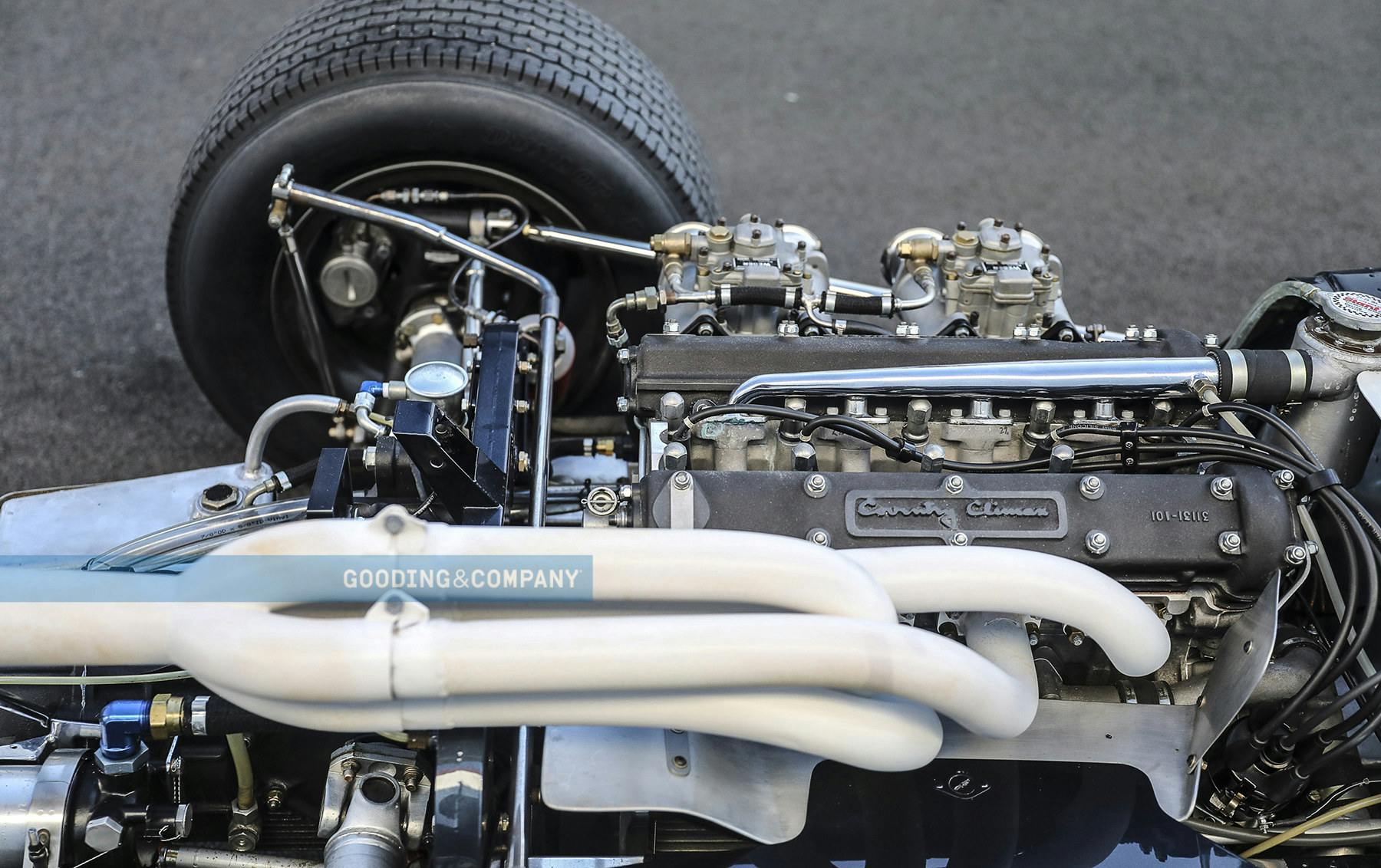
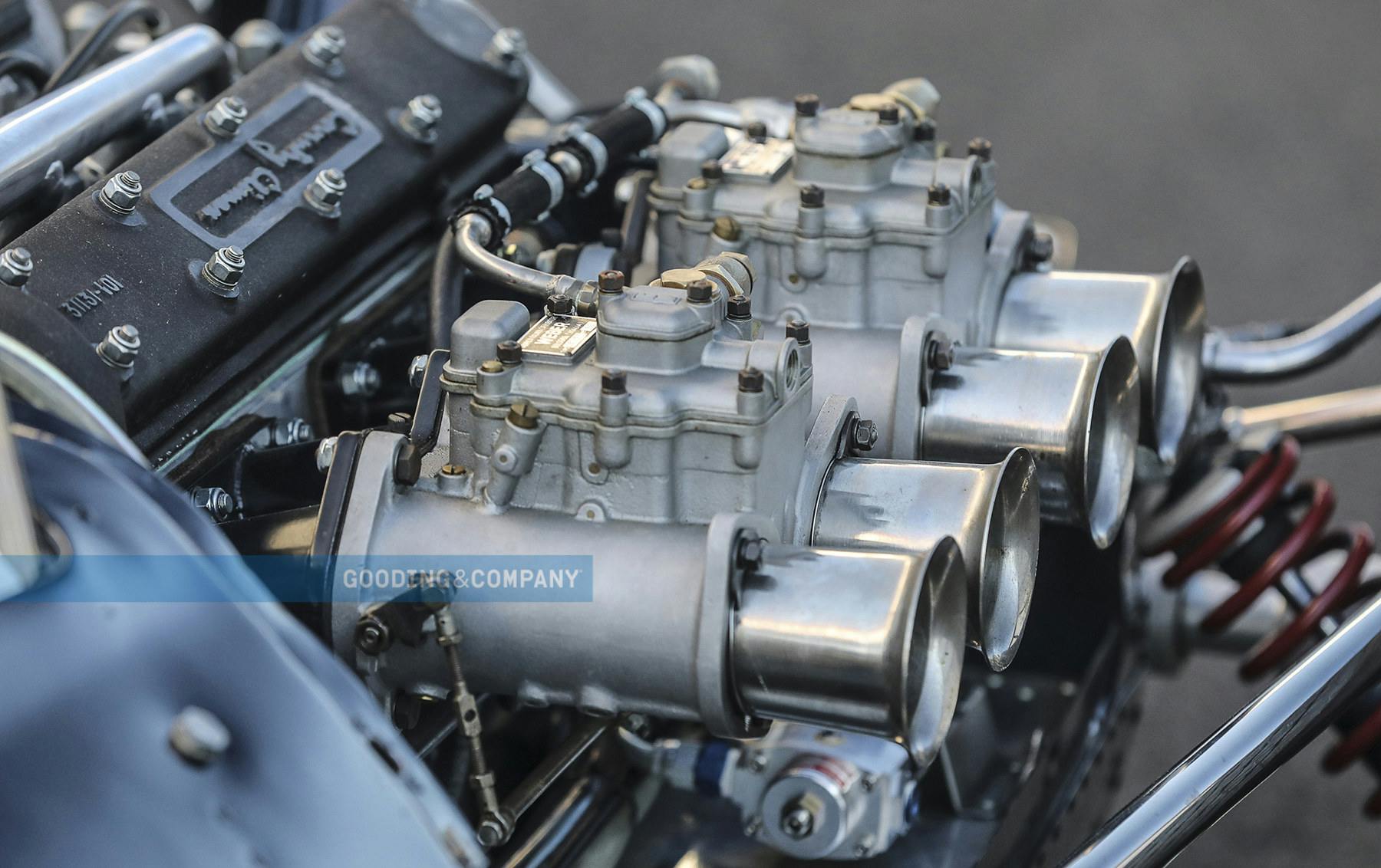
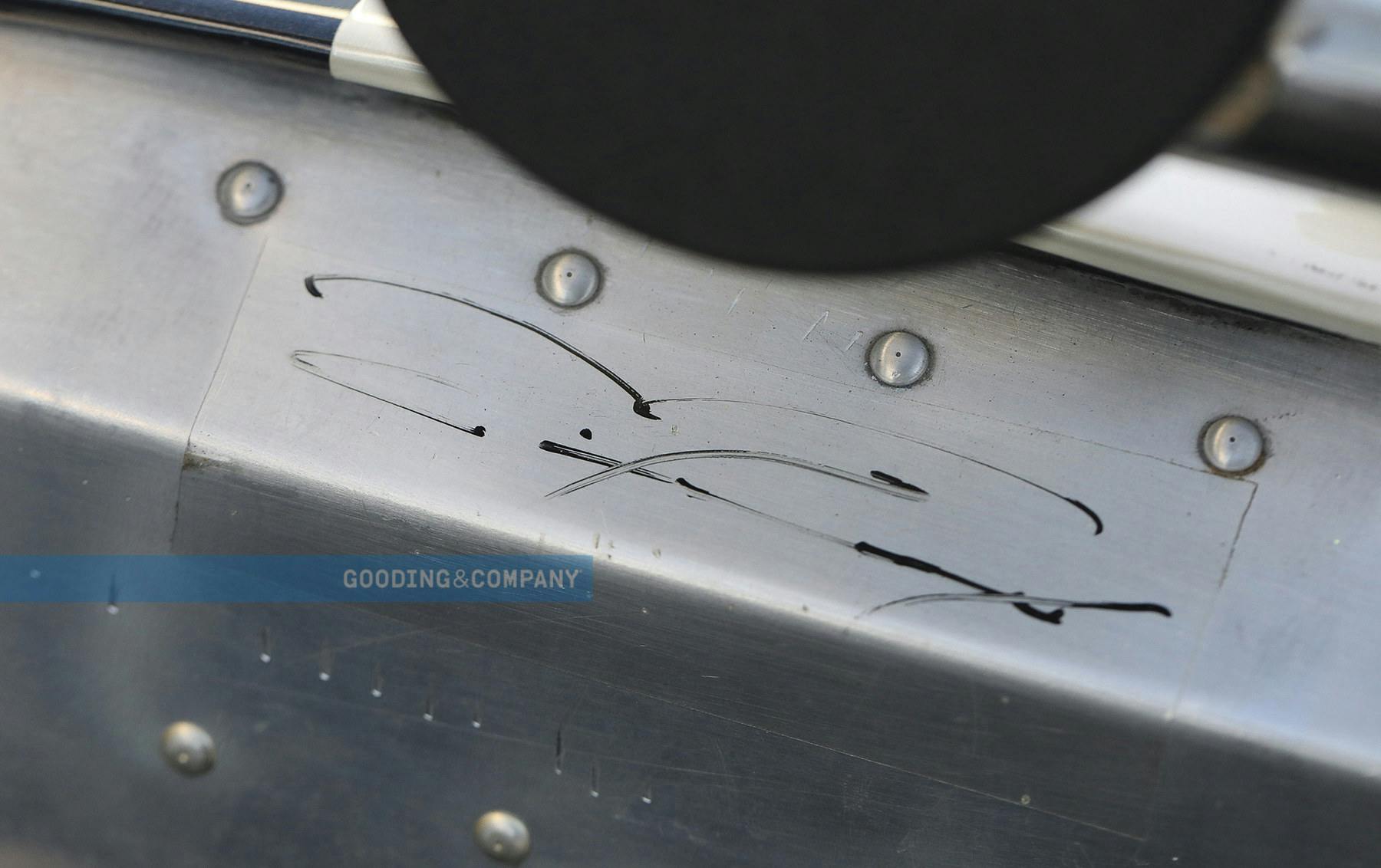


Race cars are built to serve a purpose – and that purpose isn’t to win in the looks department. However, the Eagle Mk 1 is simply one of the most bad-assedly beautiful race cars ever created. The fact that, in its day, it also accomplished its main purpose (winning races) quite well is icing on the cake. And the Gurney legacy is like 40 cherries and whipped cream piled high on top of that. Just slightly out of my price range, I fear, but even just drooling over the photos of this machine is quite satisfying. 😛